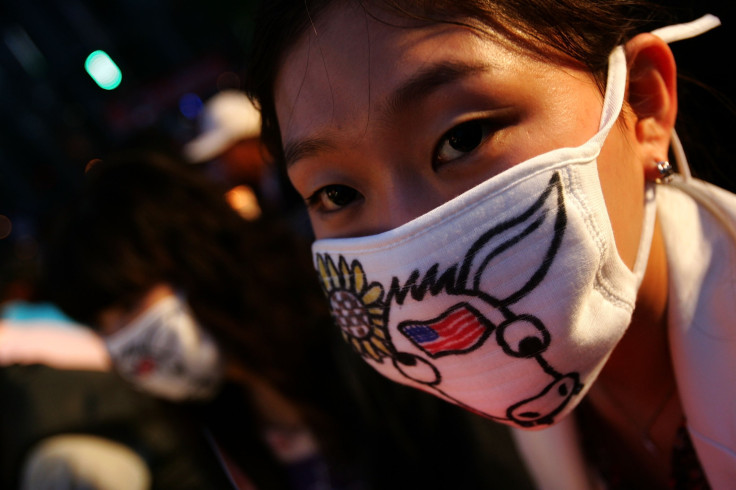What is Mad Cow Disease? 'Atypical' Form Of Cattle Illness Discovered In Alabama

The United States Department of Agriculture confirmed Tuesday an ‘atypical’ case of mad cow disease or bovine spongiform encephalopathy (BSE) in an 11-year-old beef cow in Alabama. The disease disease was detected during a routine check in a livestock market. The animal never entered the slaughter house channel, as per the official statement.
Mad cow disease can be described as “a transmissible, slowly progressive, degenerative, and fatal disease affecting the central nervous system of adult cattle," according to health news website WebMD. The exact cause of the disease has not yet been ascertained yet by the researchers. However, it is believed that after a cow contracts the disease, protein normally found on the animal's cell surfaces — known as prion — gets altered for some reason and it is transformed into an infectious agent that destroys the central nervous system of the animals.
While all forms of the disease are deadly for cattle, only the “classical” form is harmful for the beef-lovers since it has been linked to variant Creutzfeldt-Jakob Disease (vCJD). However, mad cow disease is not the only cause of vCJD — a fatal human neurodegenerative condition according to the WHO — as both vegetarians and meat-eaters have died from the disease.
Some of the symptoms of vCJD include depression, loss of cognitive abilities and dementia. In the advanced stages of the disease, details of brain damage have to be detected by magnetic resonance imaging (MRI).
Read: Mad Cow Disease 2016: First Case Since 2011 Found In France, EU Authorities Confirm
However, the current outbreak of the mad cow disease in Alabama is not harmful for human beings as it is the “atypical” and not “classical” form of the disease, according to officials concerned.
“We would not expect any restrictions by our trading partners, but it’s a situation we will watch carefully,” Joe Schuele, a spokesman for the Denver-based U.S. Meat Export Federation told Bloomberg in a telephone interview. “USMEF would concur with the USDA’s conclusion that an atypical case will not impact the negligible risk status of the U.S. designated by the World Organization for Animal Health.”
In its official statement, USDA also said: "This animal never entered slaughter channels and at no time presented a risk to the food supply, or to human health in the United States. Following delivery to the livestock market the cow later died at that location."
This is the fifth instance of the particular disease in the nation, Reuters reported. The fourth death due to the disease was reported in 2014 in Texas, according to a report by the National Geographic.
The classical form of BSE broke out in the country in 2003 when a cow brought from Canada to Washington was diagnosed with the disease. China banned beef imports from the U.S. after the reports about this particular case surfaced. It was only in June that Beijing resumed import from the country after 14 years.
Read: Mad Cow Fears Lead To Beef Recall In Missouri
Another case of atypical mad cow disease was reported in 2012 in California, according to the U.S. Centers for Disease Control and Prevention. However, all the mad cow disease victims are said to have encountered the disease outside the nation, the National Geographic reported citing CDC. Since 1989, the government has taken extreme precautionary measures to ensure that mad cow disease does not infiltrate the meat supply of the country. It has banned the import of cattle from the countries where the disease is said to be prevalent.
Moreover, USDA has also maintained strict regulations when it comes to the quality of beef in the market. Cows that cannot walk or have begun showing neurological abnormalities are thoroughly vetted. All brain and spinal cord materials are required to be removed from high-risk cattle.
© Copyright IBTimes 2024. All rights reserved.






















